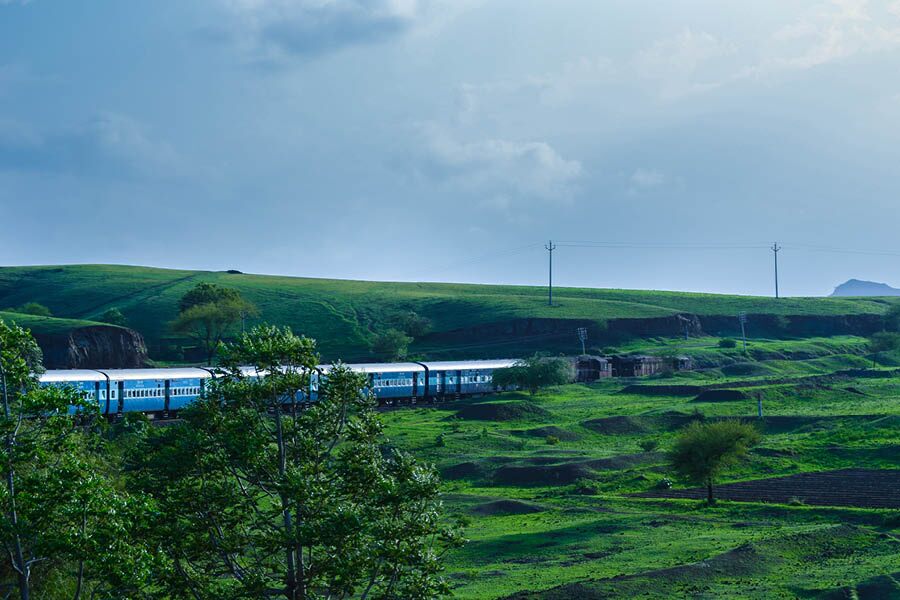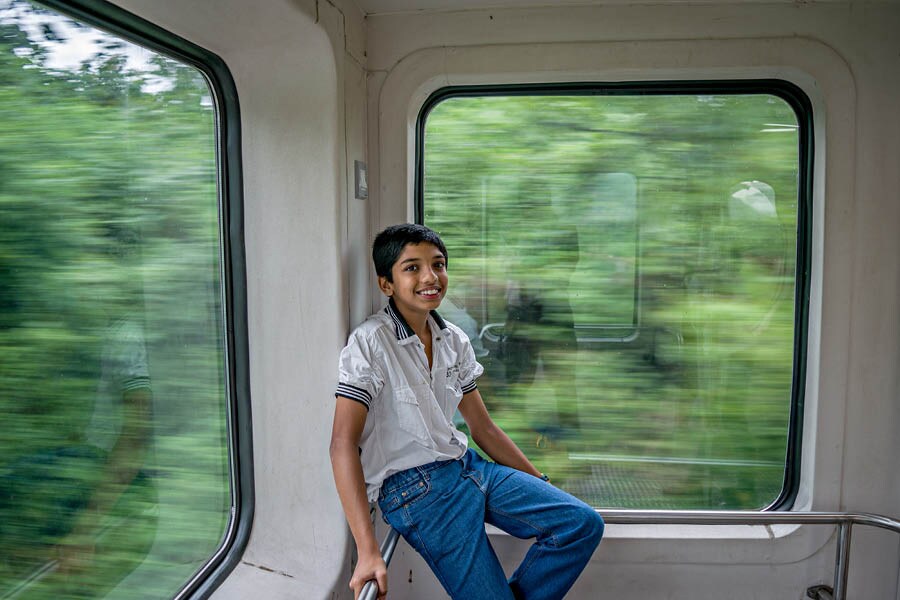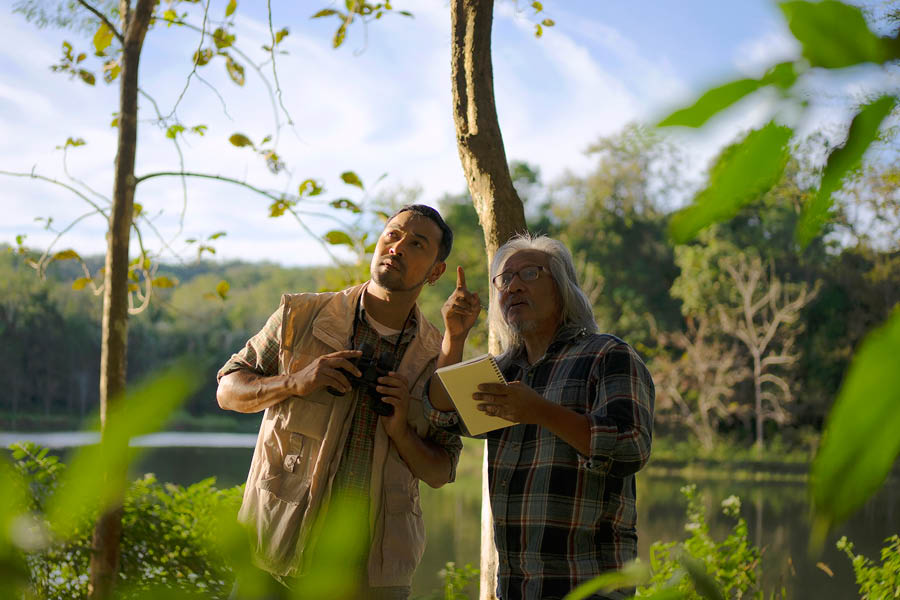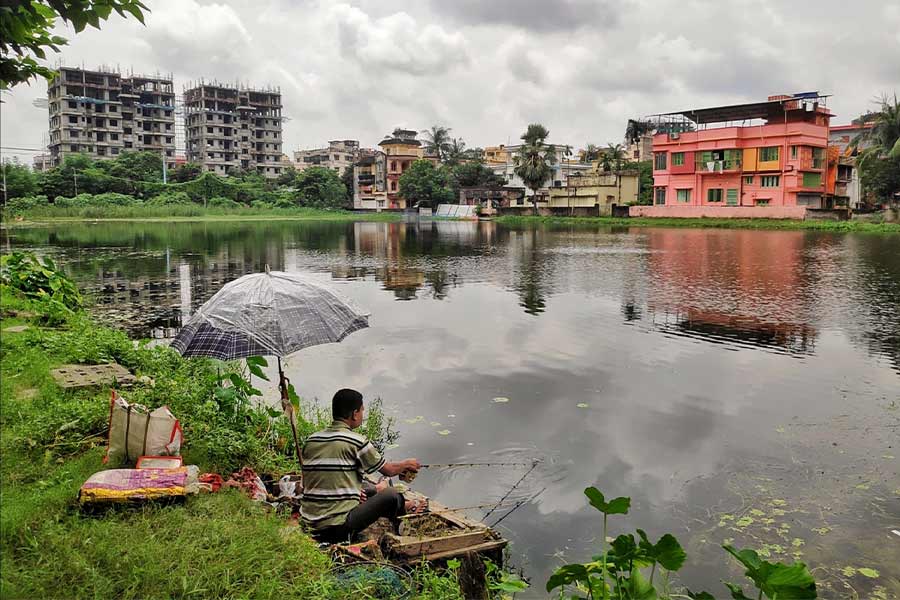In today's fast-moving world, we don’t have the time or the inclination to enjoy our travel anymore — with everyone in a rush to get to the holiday destination. But what if the holiday was in the journey? That’s the magic of train journeys, especially during monsoon season, when the Indian landscape is transformed into a breathtaking spectacle. Lush green fields, cascading waterfalls and misty mountains create magical scenes that are simply irresistible. So, before the monsoons retreat, hop aboard these iconic monsoon train journeys, where the rhythmic chugging of the train, the panoramic views during the rains, and leisurely time spent with loved ones offer an unparalleled experience.
Mumbai to Goa: a nature lover’s paradise

The Mumbai-to-Goa route is transformed into a verdant paradise during the monsoon Shutterstock
The Konkan Railway, a marvel of engineering, winds its way along the picturesque Konkan coast, connecting Mumbai to Goa. The region, renowned for its stunning natural beauty, is transformed into a verdant paradise during the monsoon.
As you traverse the Konkan coast on this ride, you will cross several popular tourist destinations — including Khandala, Lonavala and Ratnagiri. All these places offer stunning views of the surrounding landscape, especially during the monsoon. Along the way, you will pass through Thal Ghat and Bor Ghat, flaunting its greens during monsoons as well as the gorgeous gorges of the Sahyadris. For nature lovers, the train goes through the Sanjay Gandhi National Park and the Bhagwan Mahavir Wildlife Sanctuary, abundant with rich flora and a variety of animals. There is never a dull moment during this ride with the train passing through around 73 tunnels, including Karbude tunnel, about 6.5km long, and every time the train steps out of the tunnel, you are welcomed by the greens below and stunning blues above.
After a delightful 12 hours, the journey ends in Goa, one of the most-visited beach hubs in India, where you can experience the perfect concoction of nightlife, pristine beaches, and delectable Goan cuisine.
Trains to explore: Mumbai-Madgaon Jan Shatabdi, Mumbai CST – Karmali, Tejas Express, Mandovi Express, and Konkan Kanya Express
New Jalpaiguri to Darjeeling: an UNESCO World Heritage journey

A Darjeeling Himalayan Railway ‘toy train’ chugs along, with Himalayan peaks in the background Shutterstock
A UNESCO World Heritage journey, the train route from New Jalpaiguri to Darjeeling winds through lush tea plantations and misty terrain as you ascend the slopes of the Himalayas. The air is crisp and cool, carrying the sweet scent of pine and petrichor.
Along the way, you'll pass through vast expanses of tea plantations, their vibrant green leaves contrasting with the misty mountains. Dense forests line the train tracks, the towering trees creating a canopy of shade. The monsoon brings these forests to life, with vibrant flora and fauna emerging from the undergrowth. The journey is punctuated by the sight of sparkling rivers and streams.
As you cross the town of Siliguri, you will be greeted by vibrant markets and a whiff of delicious street food. Another small and quaint hill station on the route is Kurseong, known for its colonial architecture, tea gardens, and scenic views. The train ride culminates at Darjeeling, where the majestic views of the Himalayan peaks will take your breath away.
Train to explore: The narrow-gauge Darjeeling Himalayan Railway
Mettupalayam to Ooty: a misty mountain escape

A Nilgiri Mountain Railway train approaches Ooty Shutterstock
This short journey of 46km is covered leisurely in about five hours, making its way through the verdant Nilgiri Hills.
The ride starts at Mettupalayam, a bustling town on the foothills of the Nilgiris. As the train ascends the slopes, you are greeted by lush tea plantations, rolling hills, and picturesque valleys. The first stop is Coonoor, a charming hill station known for its tea gardens and colonial architecture. From Coonoor, the train continues its ascent, passing through the picturesque town of Wellington. Lush forests surround this military cantonment and offer magnificent views of the Nilgiri mountains.
The next stop is Aruvankadu, a small village known for its beautiful waterfalls and tea estates. The monsoon brings these waterfalls to life, creating a cascade of water that is both awe-inspiring and refreshing. The journey continues through Ketti, a quaint town surrounded by tea plantations. The monsoon adds a touch of mystery to Ketti, with the mist shrouding the hills and creating a sense of seclusion. Finally, the train reaches Ooty, the Queen of the Nilgiris. While in Ooty, you must visit the Botanical Gardens, Doddabetta Peak, and Ooty Lake.
Trains to explore: Nilgiri Mountain Railway — a metre gauge railway line and a UNESCO World Heritage Site since 2005
Siliguri to Alipurduar: the Dooars delight
Experience the stunning scenery of the Dooars region while on this four-hour ride from Siliguri to Alipurduar in West Bengal. With the Eastern Himalayas as a backdrop, the journey is a visual feast and a wildlife enthusiast’s delight, taking you through picturesque villages nestled amidst tea gardens.
One of the highlights of the journey is the opportunity to witness the majestic Teesta River. The train passes close to the river, offering spectacular views of its banks and the surrounding landscapes. Along the way, you'll also have the chance to explore charming towns like Buxa and Kalchini. These towns offer a glimpse into the tea gardens and ancient temples.
For wildlife lovers, the train passes through the dense forests of Jaldapara Wildlife Sanctuary, Mahananda Wildlife Sanctuary, Buxa Tiger Reserve, and Chapramari Forest, giving you a chance to spot a variety of wildlife and maybe the elusive tiger.
Trains to explore: Guwahati Vande Bharat Express and New Delhi - Dibrugarh Rajdhani. There are several other slow local trains between these two towns.
Visakhapatnam to Araku Valley: for the intrepid traveller

A school boy enjoys his ride on the Araku AC Tourist Passenger — India’s first vistadome coach train in the Eastern Ghats Shutterstock
Covering a distance of 120km in about four hours from the port town of Visakhapatnam to a quaint hill station at a height of 935 metres, this journey cuts through hairpin bends, caves and passes. As the train winds through more than 84 bridges and 58 tunnels, you get beautiful views of picturesque valleys, breathtaking scenes of towering mountains, and lush green forests — all coming alive during the monsoons.
The highlights of this beautiful journey include Borra caves. These natural limestone caves with intricate formations are more than a million years old. Ananthagiri Waterfalls is another attraction on this journey. The 100-foot-high waterfall can be seen from your window, set against the lush green of the Eastern Ghats. Enjoy the densely forested region of Kambalakonda Wildlife Sanctuary, abundant in rare vegetation and wildlife like pangolins, leopards and an exotic array of birds. The train also passes through small tribal villages with thatched-roof houses, offering a glimpse into the unique culture and traditions of the local people.
Once you reach Araku Valley, you can explore Ananthagiri Forest and Sunkrimetta Forest, spend time sampling coffee at the coffee plantations, and take a peek into the tribal villages of Araku. The tribal museum and the government silk farm are other places of interest in Araku.
Trains to explore: Visakhapatnam Jagdalpur Special, Visakhapatnam Kirandul Express, and Visakhapatnam – Araku AC Tourist Passenger, which is India’s first vistadome coach train in the Eastern Ghats.


